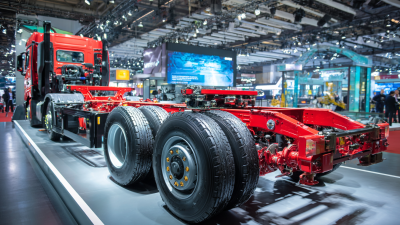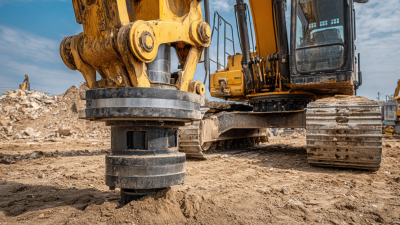 +86-13349293098
+86-13349293098
Leave Your Message
-
 Contact Phone
Contact Phone -
 Contact WhatsApp
Contact WhatsApp -
 Contact Email
Contact Email



In the realm of heavy-duty equipment, selecting the appropriate Wheel Lift Cylinder is crucial for enhancing operational efficiency and ensuring safety. According to a report by MarketsandMarkets, the global construction equipment market is projected to reach $196 billion by 2025, with an increasing demand for reliable hydraulic systems driving innovation in cylinder design and performance.
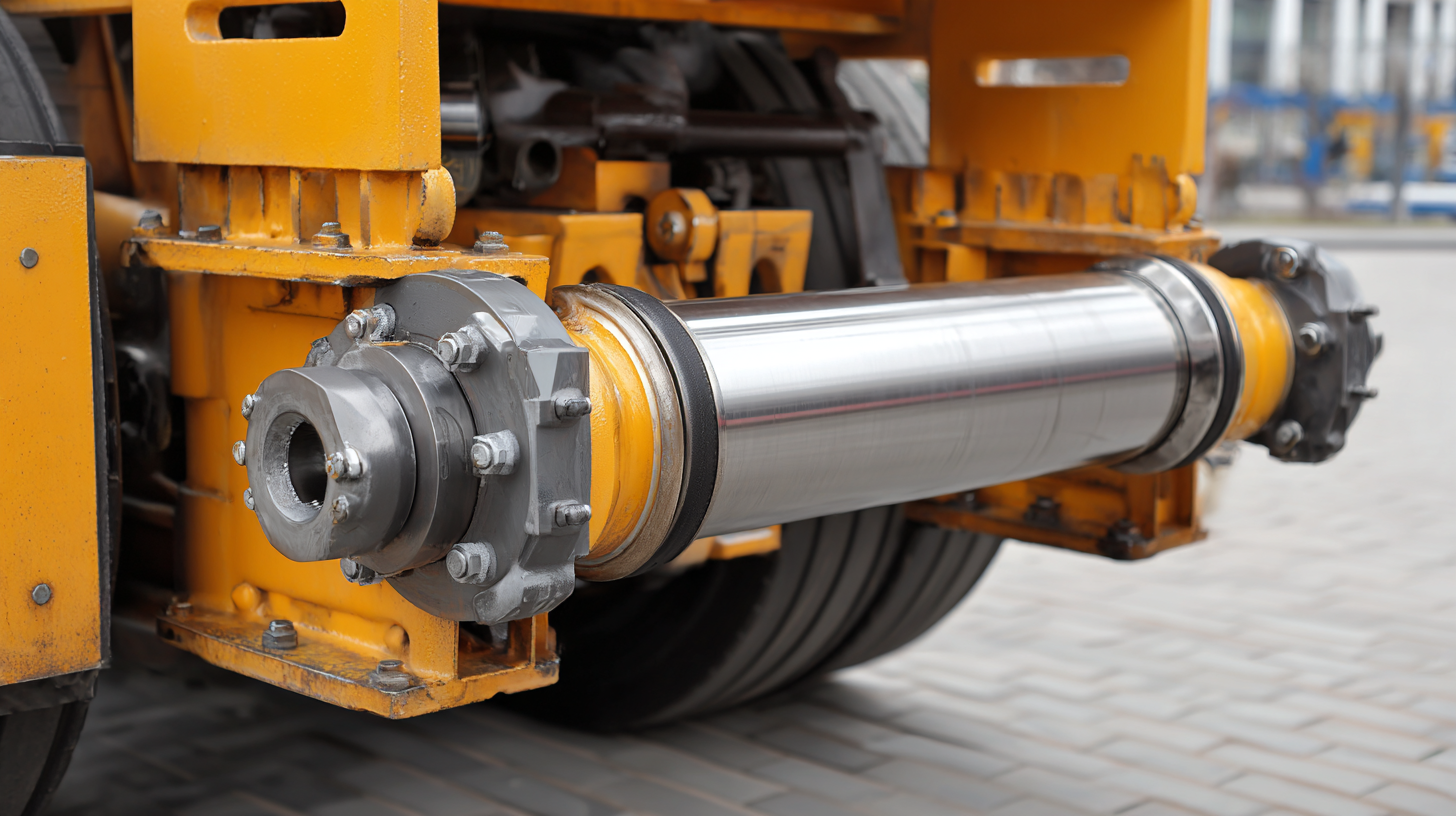
Additionally, the report highlights that advancements in material technology and hydraulic engineering are critical factors influencing the functionality and longevity of wheel lift cylinders. As industries strive for higher productivity and lower downtime, understanding the specific requirements and features of wheel lift cylinders becomes paramount. This guide will navigate the complexities of selecting the right wheel lift cylinder tailored to your heavy-duty equipment needs, ensuring optimal performance and sustainability.
Wheel lift cylinders play a critical role in the functionality and efficiency of heavy-duty equipment. These hydraulic components enable the lifting and lowering of substantial loads with precision and reliability. For operators, understanding their importance means recognizing how these cylinders contribute not only to the operational performance of machinery but also to the safety of both the equipment and its users. A robust wheel lift cylinder ensures that loads can be maneuvered safely, minimizing the risk of accidents caused by equipment failure or improper lifting techniques.
Selecting the right wheel lift cylinder requires a thorough understanding of the specific demands of the equipment and the tasks it will perform. Factors such as lift capacity, stroke length, and the working environment must be considered to ensure that the chosen cylinder can withstand the rigors of heavy-duty applications. Moreover, compatibility with existing hydraulic systems and fittings is crucial to avoid downtime and maintenance issues. By prioritizing the right components, operators can enhance the efficiency and lifespan of their heavy-duty machinery, ultimately leading to improved productivity and reduced operational costs.
Choosing the right wheel lift cylinder for heavy-duty equipment hinges significantly on evaluating load capacity and compatibility. Load capacity is a critical factor; it refers to the maximum weight the cylinder can safely lift and support. Understanding the specific requirements of your equipment is essential—failing to match the cylinder’s load capacity to the demands of your machinery can lead to performance issues or even catastrophic failures. Ascertain the total load you expect to lift, including the weight of the equipment and any additional load. Selecting a cylinder with a load capacity that exceeds your maximum lifting requirements by a safe margin will enhance both safety and reliability.
Compatibility is equally important when selecting a wheel lift cylinder. This involves ensuring that the cylinder can integrate seamlessly with your existing equipment. You should consider factors such as mounting configurations, hydraulic fittings, and overall cylinder dimensions. Taking the time to research whether the cylinder’s specifications align with your machine’s requirements will facilitate optimal performance. This assessment can prevent potential operational issues that may arise from incompatible components, thereby maximizing the efficiency of your heavy-duty equipment.
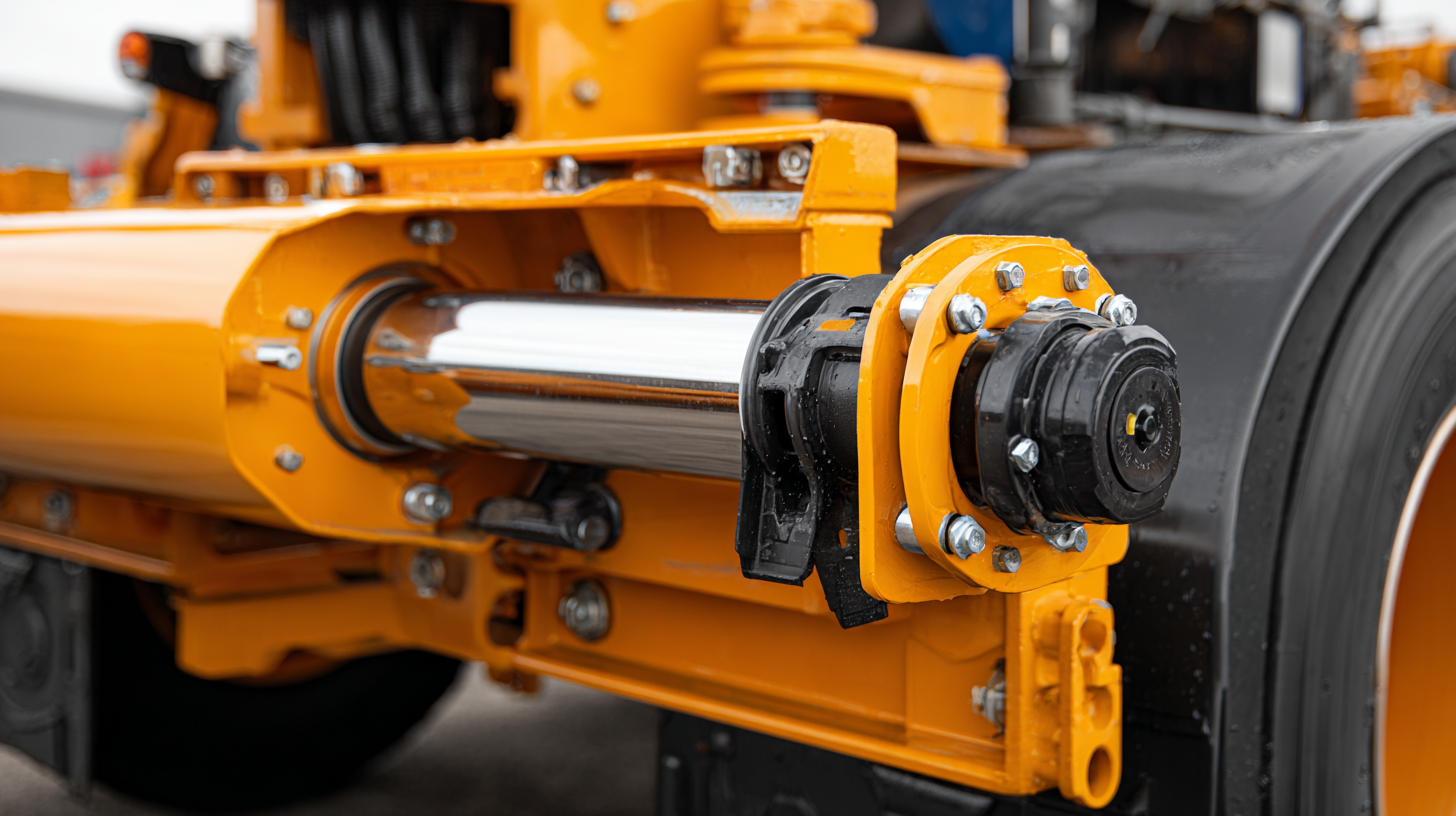
When selecting a wheel lift cylinder for heavy-duty equipment, the material and construction of the cylinder play a crucial role in ensuring durability and performance. Common materials include steel, aluminum, and various alloys.
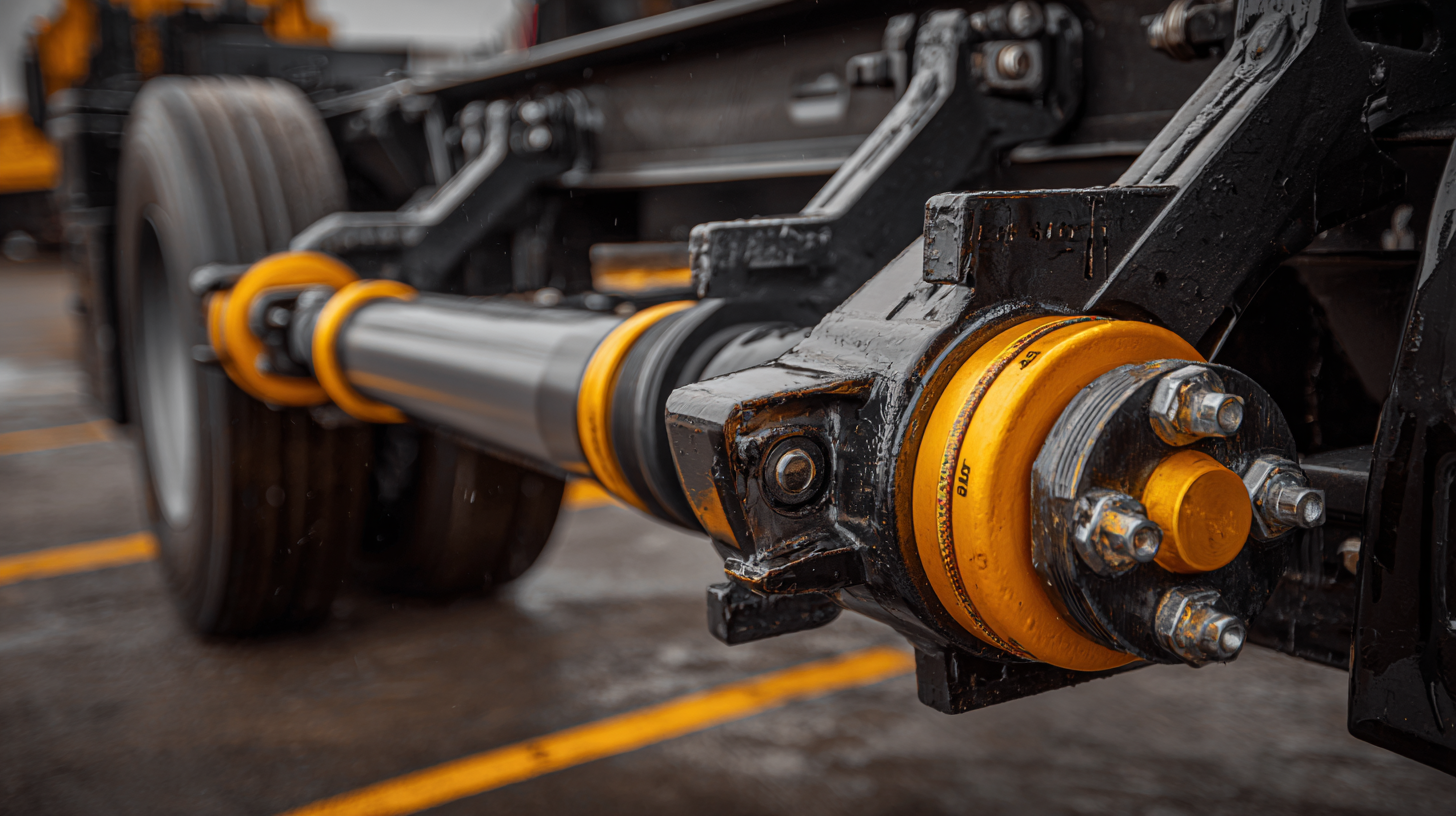 Steel is often favored for its strength and resistance to deformation under heavy loads, while aluminum offers a lighter alternative that can help reduce overall equipment weight. Additionally, the choice of material can influence corrosion resistance, which is vital in environments exposed to harsh conditions.
Steel is often favored for its strength and resistance to deformation under heavy loads, while aluminum offers a lighter alternative that can help reduce overall equipment weight. Additionally, the choice of material can influence corrosion resistance, which is vital in environments exposed to harsh conditions.
Tips: Consider the environment in which the wheel lift cylinder will operate. If the equipment is likely to encounter moisture or chemicals, opt for materials with enhanced corrosion resistance, such as stainless steel or specially coated components.
The construction of the cylinder is equally important. Look for features such as welded seams and quality seals, which can enhance overall integrity and performance. Cylinders with precise machining and finishing are less prone to leaks and wear over time. Moreover, hydraulic cylinders with multiple stages can offer adjustable lift capacities, providing versatility for various applications.
Tips: Always consult the manufacturer's specifications regarding load ratings and lift heights to ensure the selected cylinder meets the demands of your specific equipment.
When selecting a wheel lift cylinder for heavy-duty equipment, understanding the size and specifications tailored to your operational needs is crucial. A well-suited cylinder can dramatically affect the efficiency and performance of your equipment. According to a report by the National Institute for Occupational Safety and Health (NIOSH), the proper cylinder size can enhance lifting capabilities by up to 30%, reducing downtime and increasing productivity in industrial settings.
Tips: Always perform a thorough analysis of your equipment's weight and lifting requirements before making a decision. Utilizing a cylinder that meets the manufacturer’s specifications can minimize the risk of failure and extend the lifespan of both the cylinder and your machinery.
Ensure you also consider environmental factors – a cylinder designed for rugged conditions with corrosion resistance features can prevent failures associated with wear and tear. A study published in the Journal of Fluid Power suggests that selecting cylinders with a 10% buffer in load capacity can account for unexpected weight variations and ensure reliable operation.
Tips: Opt for a reputable supplier that provides detailed specifications and testing standards for their products, as this transparency can lead to better choices in wheel lift cylinder selection for your heavy-duty equipment needs.
Maintaining the functionality of a wheel lift cylinder is critical for ensuring optimal performance in heavy-duty equipment. Regular inspections should be conducted to identify any signs of wear or leaks, which could lead to reduced efficiency or catastrophic failures. It is essential to clean the cylinder and its surrounding components frequently to prevent dirt and debris from causing corrosion or operational issues. Additionally, lubrication is paramount to minimize friction and prolong the life of the cylinder, so using the right type of lubricant is crucial.
Incorporating a routine maintenance schedule will not only enhance the performance of the wheel lift cylinder but also ensure its longevity. Proper training for operators on handling and inspecting the equipment will contribute to reducing avoidable wear. Furthermore, understanding the environment in which the cylinder operates can help in selecting materials that withstand harsh conditions, thus reinforcing durability. By prioritizing these maintenance practices, users can significantly enhance the lifespan and reliability of their wheel lift cylinders, ultimately leading to cost savings and improved operational efficiency.
| Cylinder Type | Load Capacity (tons) | Stroke Length (inches) | Material | Maintenance Frequency (months) | Expected Lifespan (years) |
|---|---|---|---|---|---|
| Standard | 20 | 12 | Steel | 6 | 10 |
| Heavy-Duty | 30 | 16 | Alloy Steel | 5 | 12 |
| Multi-Stage | 25 | 20 | Chrome-Plated | 4 | 15 |
| Single-Acting | 15 | 10 | Aluminum | 8 | 8 |
| Double-Acting | 40 | 24 | Stainless Steel | 6 | 20 |
